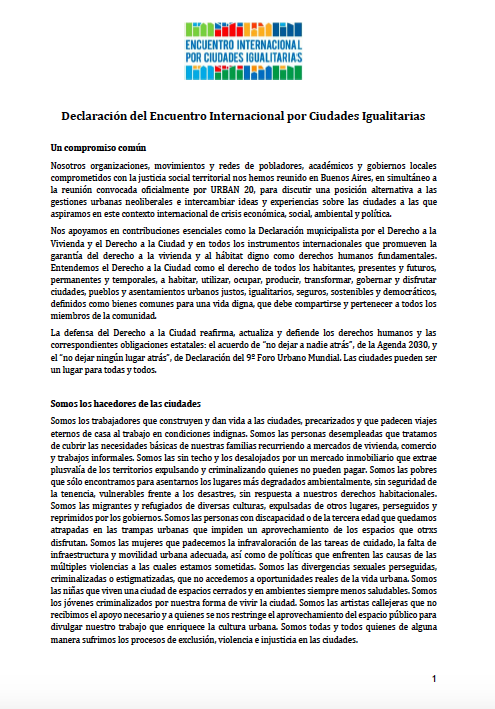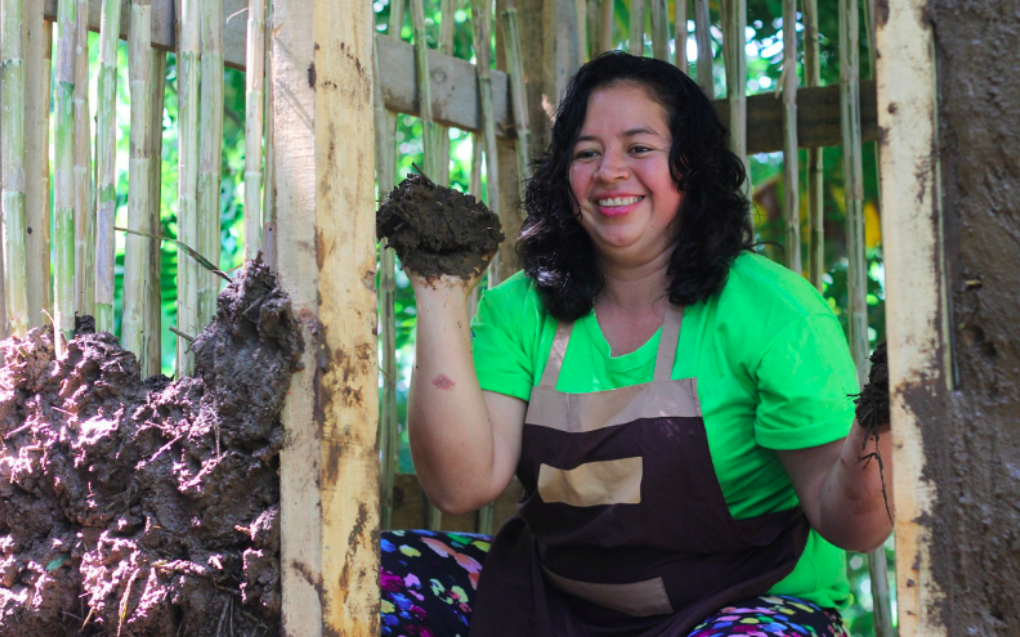The Challenge of Slums: Global Report on Human Settlements 2003 is mainly concerned with the shelter conditions of the majority of the urban poor. It is about how the poor struggle to survive within urban areas, mainly through informal shelter and informal income-generation strategies, and about the inadequacy of both public and market responses to the plight of the urban poor. But the report is also about hope, about building on the foundations of the urban poor’s survival strategies and about what needs to be done by both the public and non-governmental sectors, as well as by the international community, if the goal of adequate shelter for all is to have any relevance for today’s urban poor.
Efforts to improve the living conditions of slum dwellers (especially within developing countries) have been feeble and incoherent over the last decade or so, having peaked during the 1980s. However, renewed concern about poverty has recently led governments to adopt a specific target on slums in the United Nations Millennium Declaration, which aims to significantly improve the lives of at least 100 million slum dwellers by the year 2020. As this report emphasizes, slums are a manifestation of the two main challenges facing human settlements development at the beginning of the new millennium: rapid urbanization and the urbanization of poverty. Slums areas have the highest concentrations of poor people and the worst shelter and physical environmental conditions.
Among the most important findings of The Challenge of Slums is the global estimate of the magnitude of the challenge of slums. The total number of slum dwellers in the world stood at about 924 million people in 2001. This represents about 32 per cent of the world’s total urban population. At that time, 43 per cent of the combined urban populations of all developing regions lived in slums, while 78.2 per cent of the urban population in least developed countries were slum dwellers. In some developing country cities, slums are so pervasive that it is the rich who have to segregate themselves behind small gated enclaves.
This report explores both the negative and positive aspects of slums. On the negative side, the report shows that slums have the most intolerable of urban housing conditions, which frequently include: insecurity of tenure; lack of basic services, especially water and sanitation; inadequate and sometimes unsafe building structures; overcrowding; and location on hazardous land. In addition, slum areas have high concentrations of poverty and of social and economic deprivation, which may include broken families, unemployment and economic, physical and social exclusion. Slum dwellers have limited access to credit and formal job markets due to stigmatization, discrimination and geographic isolation. Slums are often recipients of the city’s nuisances, including industrial effluent and noxious waste, and the only land accessible to slum dwellers is often fragile, dangerous or polluted – land that no one else wants. People in slum areas suffer inordinately from water-borne diseases such as typhoid and cholera, as well as more opportunistic ones that accompany HIV/AIDS. Slum women – and the children they support – are the greatest victims of all. Slum areas are also commonly believed to be places with a high incidence of crime, although this is not universally true since slums with strong social control systems will often have low crime rates.
On the positive side, the report shows that slums are the first stopping point for immigrants – they provide the lowcost and only affordable housing that will enable the immigrants to save for their eventual absorption into urban society. As the place of residence for low-income employees, slums keep the wheels of the city turning in many different ways. The majority of slum dwellers in developing country cities earn their living from informal sector activities located either within or outside slum areas, and many informal entrepreneurs operating from slums have clienteles extending to the rest of the city. Most slum dwellers are people struggling to make an honest living, within the context of extensive urban poverty and formal unemployment. Slums are also places in which the vibrant mixing of different cultures frequently results in new forms of artistic expression. Out of unhealthy, crowded and often dangerous environments can emerge cultural movements and levels of solidarity unknown in the suburbs of the rich. Against all odds, slum dwellers have developed economically rational and innovative shelter solutions for themselves. However, these few positive attributes do not in any way justify the continued existence of slums and should not be an excuse for the slow progress towards the goal of adequate shelter for all.
To read the complete report, click here




